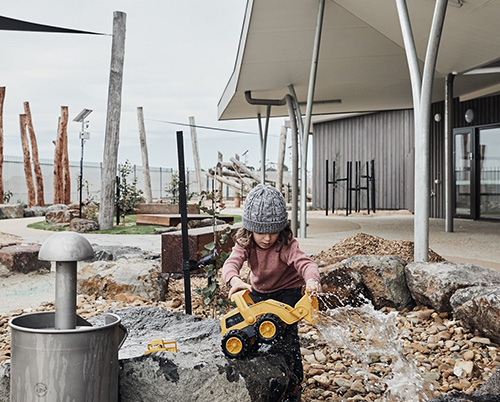 Read time: 18 minutes
Read time: 18 minutes
Water is necessary for human survival, but it is also a key ingredient in the production of construction projects. Increasing water scarcity means that we must reduce water use and improve water efficiencies across all human activities, including within the construction industry. While the operational use of our buildings accounts for 12% of global water use, embodied water now represents most of the water used across the building life cycle.
This note explains the concept of embodied water in the context of construction and the different methods that can be used to quantify the water embodied in construction projects. It provides embodied water data for common construction materials in Australia and uses a residential case study to demonstrate the steps involved in calculating embodied water and identifying strategies for its reduction.
This note replaces the previously published note GEN 58 'Embodied water of construction' by Dr Graham Treloar, Michael McCormack, Dr Laurence Palmowski and Professor Roger Fay.
